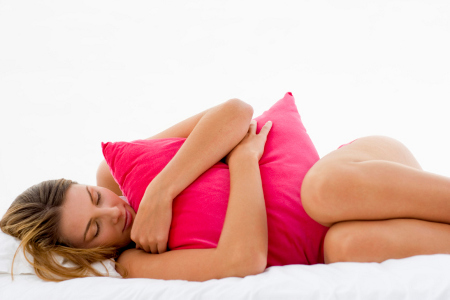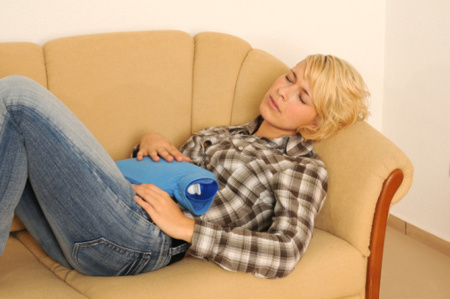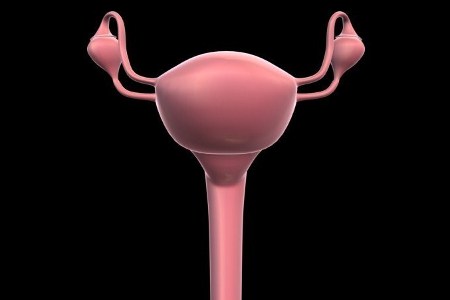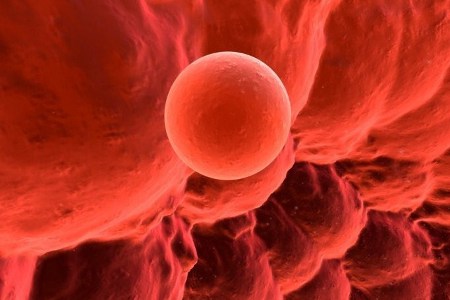Top Five Symptoms of Endometriosis
0 Comments
Endometriosis
Endometriosis refers to an often painful disorder in which tissue, that normally is found in the endometrium or lining of the uterus, grows outside the uterus. The abnormal endometrial cells most commonly develop in the ovaries, the fallopian tubes and outer surfaces of the uterus and the intestines. The displaced endometrial cells continue to act as they would, consequently causing painful symptoms and infertility. Photo: Getty Images

Pelvic Pain
An estimated 176 million women worldwide deal with the symptoms of endometriosis during their reproductive years. The most common symptom is pelvic pain. Women with endometriosis usually experience pelvic pain during or just before menstruation. For some women, the pain lessens after a period, while for others, the pain does not correlate to a menstrual cycle. The pain intensity can change from month to month, and vary from woman to woman. Photo: Getty Images

Adhesions Develop
Endometriosis can lead to the development of adhesions, which are bands of fibrous scar tissue. The displaced endometrial cells thicken, break down and bleed with each menstrual cycle. Unlike the cells lining the uterus, these abnormal cells have no way to exit the body. Surrounding tissue becomes irritated and, eventually, leads to the development of adhesions. Adhesions may bind an ovary to the side of the pelvic wall or extend between the bladder and the uterus. Stabbing, sharp and intense pain is associated with adhesions. Photo: Getty Images

Infertility
Often, endometriosis is first diagnosed when a woman seeks treatment for infertility. An estimated one-third to one-half of all women with endometriosis have difficulty conceiving. Endometriosis lesions, also called implants, can be found anywhere in the pelvic cavity such as on the ovaries and fallopian tubes. These lesions can obstruct the fallopian tubes, thus preventing sperm from reaching the egg. For pregnancy to occur, a released egg travels through the fallopian tube, is fertilized by a sperm cell, and attaches itself to the uterine wall to begin development. Photo: Getty Images

Irregular and Painful Periods
Occasionally, heavier menstrual bleeding called menorrhagia and irregular bleeding or bleeding in between periods are symptoms related to endometriosis. Dysmenorrhea or severely painful periods is another common symptom. The debilitating pain and cramping may begin before and extend several days into a period. Some women will have lower back and abdominal pain. Women with endometriosis are most likely to experience pain with bowel movements and urination, fatigue, diarrhea, constipation, nausea or bloating during a menstrual period. Photo: Getty Images

Pain with Sexual Intercourse
Pain during or following sexual intercourse is common with endometriosis. Though pain is the most common symptom, the intensity of pain is not a reliable indicator of the severity of endometriosis. In fact, some women with severe endometriosis have little or no pain, whereas, some women with mild cases have severe pain. Photo: Getty Images
Add a CommentComments
There are no comments yet. Be the first one and get the conversation started!